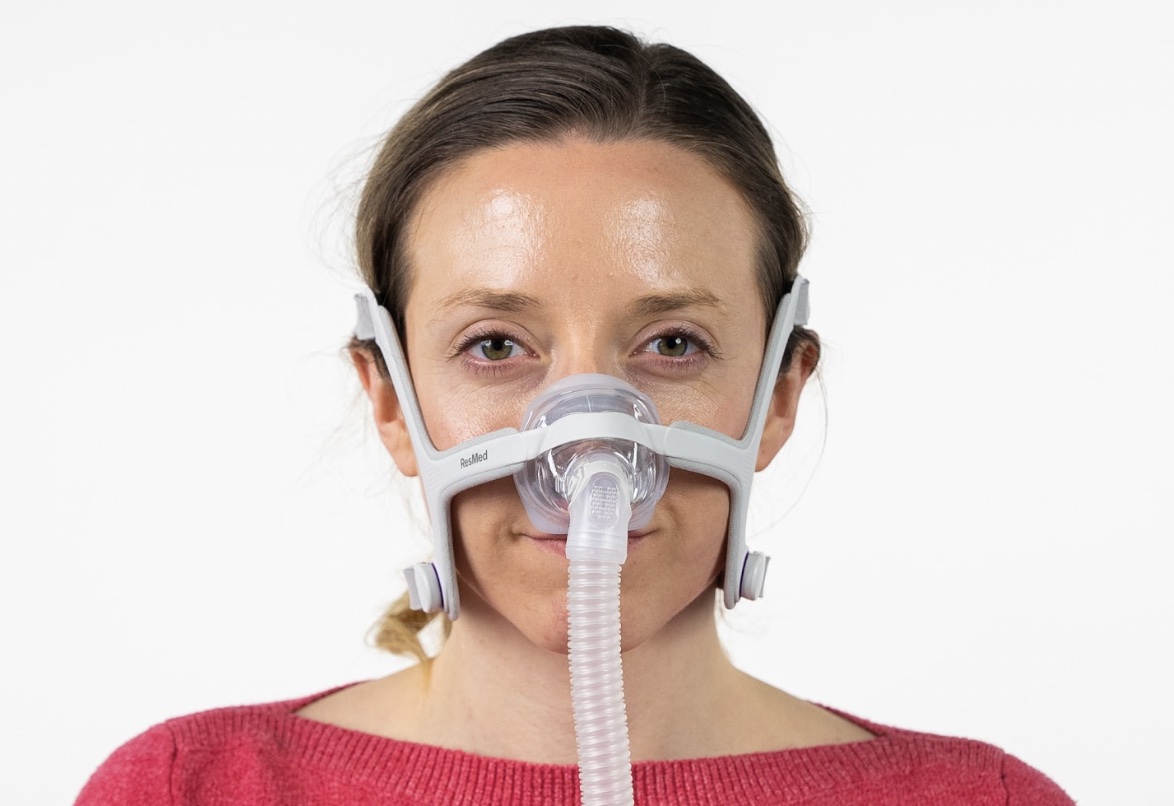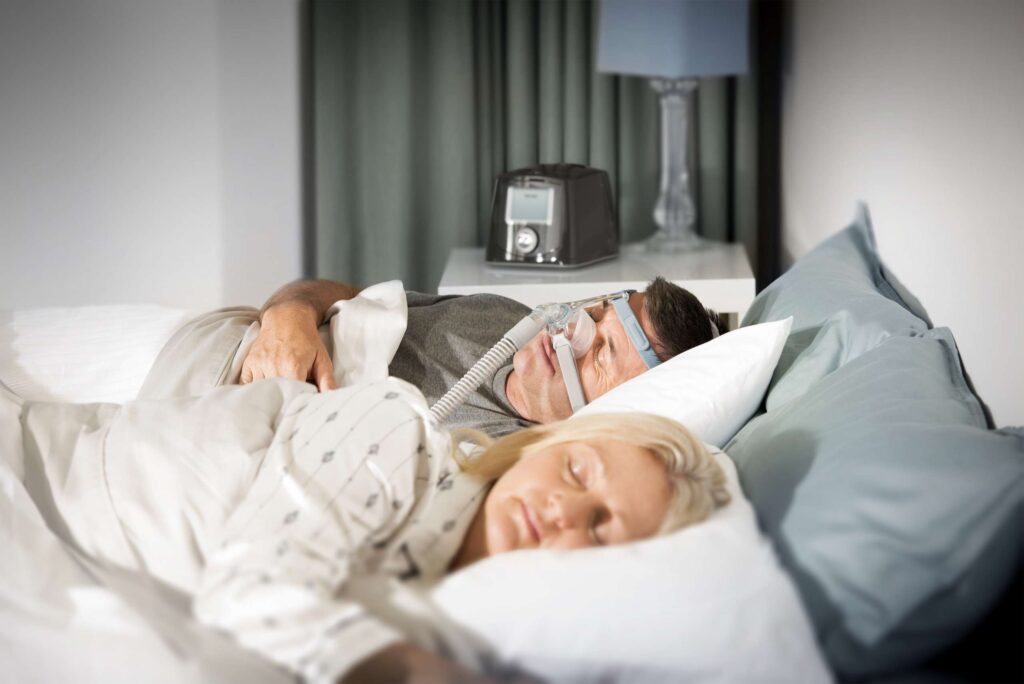Sleep Apnea in Children: Symptoms, Risks, and Solutions

Introduction: When Little Sleepers Struggle to Breathe
When most people hear the term “sleep apnea,” they imagine middle-aged adults or older individuals. But children can develop this serious sleep disorder too. Sleep apnea happens when breathing repeatedly stops and starts during sleep. For kids, these pauses in breathing can disrupt their rest, affect their growth, and even impact brain development.
While occasional snoring in children isn’t always cause for alarm, persistent and loud snoring — especially when paired with other symptoms — can be a sign of obstructive sleep apnea (OSA). Early recognition and treatment are critical, because untreated sleep apnea can lead to developmental delays, behavioral problems, and long-term health risks.
Causes of Sleep Apnea in Children
Sleep apnea in children is most often obstructive, meaning something is physically blocking their airway during sleep. However, there are multiple underlying causes and risk factors.
1. Enlarged Tonsils and Adenoids
The most common cause in children is enlarged tonsils and adenoids. These soft tissues at the back of the throat can block airflow when a child relaxes into deep sleep.
2. Obesity
Excess weight can increase soft tissue in the throat area, making airway obstruction more likely. Pediatric obesity has been on the rise, and with it, cases of sleep apnea in kids.
3. Structural Differences
Some children are born with facial or jaw structures that narrow the airway. Conditions like Down syndrome or Pierre Robin sequence can also increase risk.
4. Neuromuscular Disorders
Disorders that affect muscle tone, like cerebral palsy or muscular dystrophy, can weaken the muscles that help keep the airway open.
See more: Understanding Glaucoma Surgery: What You Need to Know
5. Allergies and Chronic Nasal Congestion
Persistent nasal blockage — whether from allergies, sinus issues, or a deviated septum — can make it harder for a child to breathe normally at night.
6. Premature Birth History
Symptoms of Sleep Apnea in Children
Recognizing sleep apnea in kids can be tricky, especially since they may not show the same signs as adults.
Nighttime Symptoms
- Loud, regular snoring — often the first red flag.
- Pauses in breathing, gasping, or choking sounds during sleep.
- Restless sleep with frequent tossing, turning, or bedwetting.
- Sleeping in unusual positions (like sitting up or with neck extended) to help open the airway.
Daytime Symptoms
- Morning headaches caused by low nighttime oxygen levels.
- Daytime sleepiness or frequent napping, even after what seems like enough sleep.
- Difficulty focusing in school — often mistaken for ADHD.
- Behavioral changes such as irritability, hyperactivity, or mood swings.
Example: Mia, an 8-year-old, was always fidgety in class and had trouble paying attention. Her teacher suspected ADHD, but her parents noticed loud snoring and restless sleep. After a sleep study, Mia was diagnosed with sleep apnea. Treatment dramatically improved her mood, grades, and overall energy.
Risks of Untreated Sleep Apnea in Children
Leaving pediatric sleep apnea untreated can have serious long-term effects.
1. Developmental Delays
Poor sleep can slow cognitive and emotional development, making it harder for a child to learn and socialize.
2. Behavioral Problems
Sleep deprivation can mimic ADHD symptoms, leading to misdiagnosis and inappropriate treatment.
3. Growth Issues
Deep sleep is when the body releases growth hormone. Disrupted sleep can interfere with healthy growth.
4. Heart and Blood Pressure Problems
Over time, repeated drops in oxygen can strain the heart and raise blood pressure — even in young children.

Treatment Options for Sleep Apnea in Children
Treatment depends on the cause and severity of the condition. Fortunately, many children see major improvement with the right intervention.
1. CPAP Therapy
Continuous Positive Airway Pressure (CPAP) works for children just as it does for adults — a machine delivers steady air through a mask to keep the airway open.
- Often used if surgery isn’t possible or effective.
- May take time for a child to adjust to wearing the mask at night.
2. Surgical Treatment
If enlarged tonsils or adenoids are to blame, adenotonsillectomy (removal surgery) is often the first-line treatment. Many children experience complete resolution of symptoms afterward.
3. Oral Appliances
Dentists specializing in pediatric sleep medicine can create custom devices that help position the jaw or tongue to keep the airway open.
4. Weight Management
For children with obesity-related sleep apnea, a healthy weight-loss plan can significantly reduce symptoms. This should be supervised by a pediatrician or nutritionist.
5. Allergy and Nasal Treatments
If chronic nasal congestion contributes to breathing issues, treating allergies with medication or nasal sprays may help.
6. Lifestyle Changes
- Encouraging side-sleeping instead of back-sleeping.
- Creating a consistent bedtime routine to improve sleep quality.
- Limiting screen time before bed to promote deeper sleep.
Helping Children Adjust to Treatment
For many kids, the idea of wearing a CPAP mask or having surgery can be intimidating. Parents play a key role in making treatment easier.
- Make it fun: Let your child decorate their CPAP mask with safe stickers or choose a fun pillowcase.
- Practice sessions: Have them wear the mask for short periods while reading or watching TV before bedtime.
- Positive reinforcement: Celebrate small milestones, like sleeping through the night with their CPAP for the first time.
Conclusion: Protecting Little Lungs and Big Dreams
Sleep apnea in children is not just a nighttime issue — it can impact every part of their lives, from growth to learning to emotional well-being. The good news is that with early diagnosis and proper treatment, most kids recover fully and thrive.
If you suspect your child may have sleep apnea — whether due to loud snoring, restless sleep, or unusual daytime behavior — don’t wait. Speak to a pediatrician or sleep specialist. A simple evaluation could lead to a solution that restores healthy sleep and protects your child’s future.
A well-rested child isn’t just happier — they’re healthier, stronger, and ready to take on the world.
